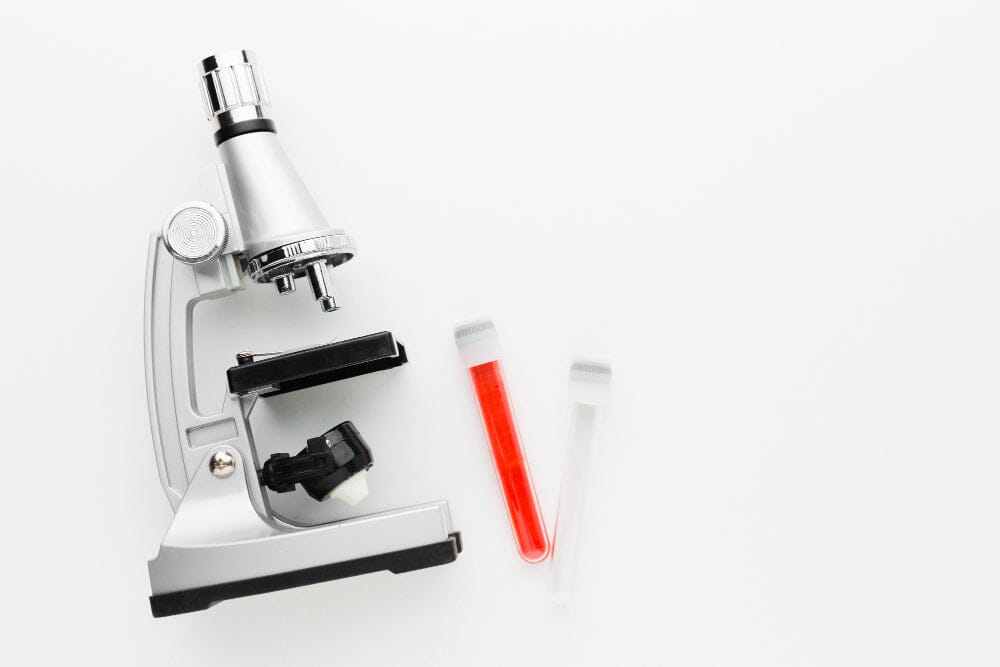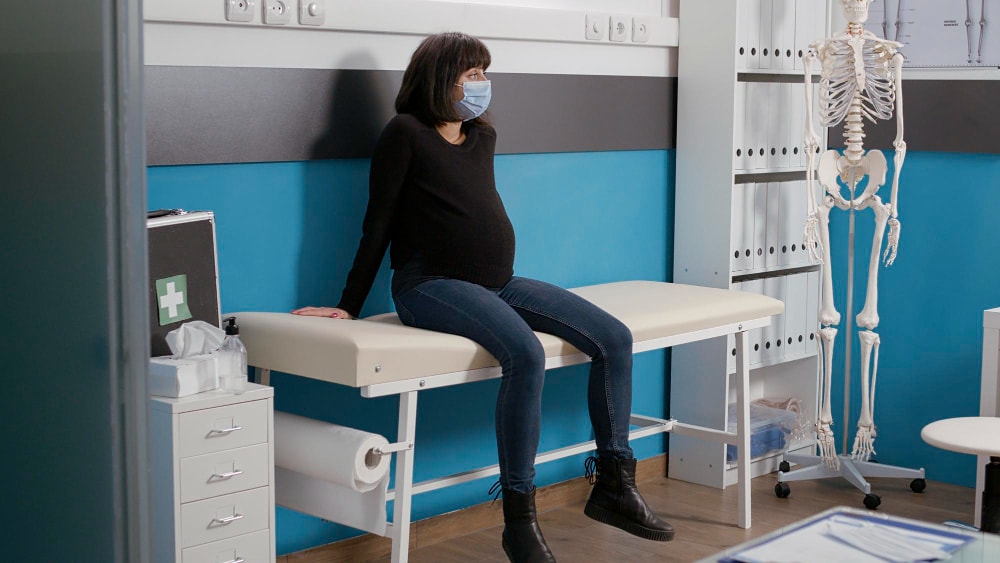
Exploring Different Types of Stool Tests: A Comprehensive Guide
Time to read 8 min
Time to read 8 min
Stool tests are among the most used tools by doctors in diagnostic reviews of wide-ranging digestive problems. One can diagnose an infection by way of a stool test or others, which leads to dangerous diseases like inflammatory bowel disease or cancer. Well, indeed several types of stool tests offer extensive information regarding an individual's health.
There are various types of stool tests. Knowing them is one basic source of great confidence and preparation on the part of a patient when going to have a stool sample taken.
The article thus serves as a holistic guide on the many types of stool tests, what they check for, and their importance to health.
A stool test generally collects a sample of stools, or stool for the sole purpose of analyzing the sample for abnormalities.
The main purpose of the tests done on stools are to test for any of the bacteria, viruses, parasites, blood, fat, and other elements that might indicate some disease or digestive problems.
Your doctors can use this stool to get crucial information about your digestive health, which they will use to identify what may be causing the diarrhea, constipation, abdominal pain, or other symptoms.
Stool tests are very important since they diagnose illnesses that may be difficult to track without them.
Almost all the infections resulting from the action of bacteria and parasites mimic other illnesses because their symptoms are in the digestive system.
Secondly, stool tests can identify hidden blood, which seems to be an early symptom of other diseases and conditions such as cancer of the colon or ulcers.
A stool test is non-invasive; therefore, it provides a relatively quick method of identifying potentially serious disorders.
There are several types of stool tests and each one is for diagnosing a different condition in the body. Here, we will enumerate what are the most common types of stool tests, how they are used in diagnosing, and for what purpose.
A stool culture is done to identify bacteria or viruses present in the stool that might cause an infection. It is very useful for making a diagnosis of bacterial infections such as Salmonella, Shigella, and Campylobacter if diarrhea, fever, and stomach cramps persist for a long time in a patient.
How to obtain a stool sample: A stool sample is collected and sent to a laboratory. There, the technicians will culture it in an attempt to isolate any bacteria or viruses to determine if they grow over a few days.
Test Results: If there are bad bacteria or viruses, then an infection might need antibiotics or antiviral treatment.
The fecal occult blood test is used to detect occult, or hidden, blood in the stool. Occult blood in the stool can be due to a variety of causes, including colorectal cancer or polyps or other ulcers caused by different disease processes that lead to bleeding of the digestive tract.
How it works: This test detects the very tiny amounts of blood that one may not see naked. There are two types of FOBT; there is the guaiac-based FOBT, and then there is fecal immunochemical test, FIT. Both will require testing a stool sample for the presence of blood.
When to apply: This is the most commonly performed test of screening for colon cancer, but it depends entirely on a patient aged over 50 or has an increased risk.
Outcome: If this test is positive, it might be suggestive of blood in stool, and it typically triggers other diagnostic procedures such as a colonoscopy.
The FIT, another blood-detecting stool test, uses antibodies that detect human hemoglobin, a protein molecule contained within red blood cells.
It does not rely on the use of antibodies like the FOBT but makes its use to help identify human hemoglobin.
FIT is mostly preferred because it tends to be more specific for bleeding in the lower gastrointestinal tract, common amongst people who have colorectal cancer and polyps.
How it works: It is like FOBT; a stool sample is taken but this test detects hemoglobin from lower GI bleeding.
Results: A Positive result will ensure that blood exists and might be the reason for further tests to be taken, such as a colonoscopy for identification of the cause.
The stool DNA test, or Cologuard, checks for changes in cell DNA in a stool sample that may indicate the presence of colorectal cancer or polyps, which are precancerous growths.
It also detects hidden bleeding in the bowel. While this testing is similar to a fecal occult blood test, it is a bit more sophisticated and is often used in anyone with a general risk for colorectal cancer.
How it works: A stool sample is obtained and tested for particular DNA mutations or markers linked to cancer or polyps, as well as occult blood.
Results: A positive test usually follows up with diagnostic work-up, most commonly a colonoscopy, to either rule in or rule out cancer.
The fecal fat test assesses the amount of fats present in the stool and can determine a diagnosis of malabsorption disorders, such as celiac disease, chronic pancreatitis, or other conditions that prevent the body from digesting and absorbing fats.
Test: It requires collecting a stool sample for 2 to 4 days, which is then tested for the content of fats.
Conclusion: The Presence of plenty of fat in the stool means that the body is unable to absorb fats. Thus, further elaborative diagnostic study of the digestive disorder is required.
This is a test where stool is tested to determine whether parasites along with their ova exist. Some of the most prevalent parasites include Giardia, Entamoeba histolytica, and Cryptosporidium.
How it works: For a few instances, two stool samples are required because worms sometimes are not passed at all. The samples are then analyzed under a microscope for looking out the existence of worms and their eggs.
Results: If worms or the existence of their eggs is detected, then drugs with the purpose of killing parasites are usually recommended to eliminate the infestation.
This stool test measures the amount of calprotectin, a protein excreted by white blood cells of the kind primarily recruited to sites of inflammation in the intestines.
This is very helpful in diagnosing the inflammatory bowel diseases, including Crohn's disease and ulcerative colitis.
How to do it: It just requires one single stool sample and measures its amount.
Results: High levels of calprotectin indicate inflammation. However, sometimes tests like a colonoscopy may need to be done to identify its cause.
This is just like the calprotectin test. It would be a test for the level of lactoferrin, another protein marker for intestinal inflammation. The test may help in differentiating IBD from IBS.
How it is done: A stool sample is taken to the laboratory for lactoferrin quantitation.
Result: These levels are significantly increased in disorders related to inflammation, which can include conditions such as Crohn's disease or ulcerative colitis.
Obtaining a stool specimen is one of the relatively straightforward steps, which to succeed, becomes absolutely crucial in getting an accurate result for any stool test. The following is a general guide on getting a specimen:
Your doctor will advise you on proper procedures according to the type of stool test he or she has ordered, but in general, the most important thing is that the sample should remain contamination-free.
Stool tests can potentially detect many conditions. Some common results and what they might mean are:
You will require a stool test in case you are experiencing:
Stool tests also form part of the routine screening for cancers in patients above the age of 50 years or when anyone has an earlier diagnosis to have a history of family incidence of cancer of the colon or rectum.
Some interpretability within the results might have to do with a stool test, depending on which kind of test you had and what your symptoms were. For the most part though, it could mean this when your doctor interprets your test findings:
A negative result: This usually means that no infection, blood, or other abnormalities were detected in your stool.
A positive test result just means that there is some evidence of infections, blood, or similar results that need review.
The outcome of the report from the test will depend on a healthcare provider who, according to the result, may dispense a prescription for further testing or treatment accordingly.
Stool tests are very handy in diagnosing a broad group of diseases in the digestive tract, from infections to cancer. There are so many different types of stool tests that might reveal different aspects of digestive health. It's important to know what each one would be used for.
Whether you are doing a stool culture, an occult blood test, or a stool fat test, knowledge of the process and outcome can also be an empowering tool for education about your health.
If you experience digestive issues or are experiencing symptoms that no one appears to know what they may be, then discuss with your medical provider which of the stool tests may be helpful in your condition.
It is through proactive and informed awareness of these stool tests that you are alerted to health concerns much earlier and take the next step toward treatment.
Medical Disclaimer - The following information is for educational purposes only. No information provided on this website, including text, graphic, and images, are intended as substitute for professional medical advice. Please consult with your doctor about specific medical advice pertaining to your condition(s).

